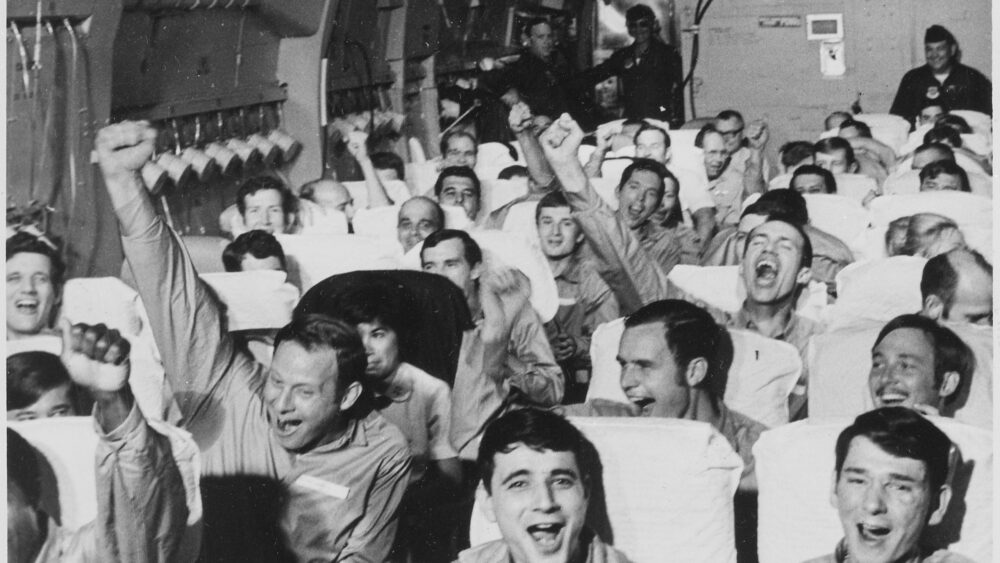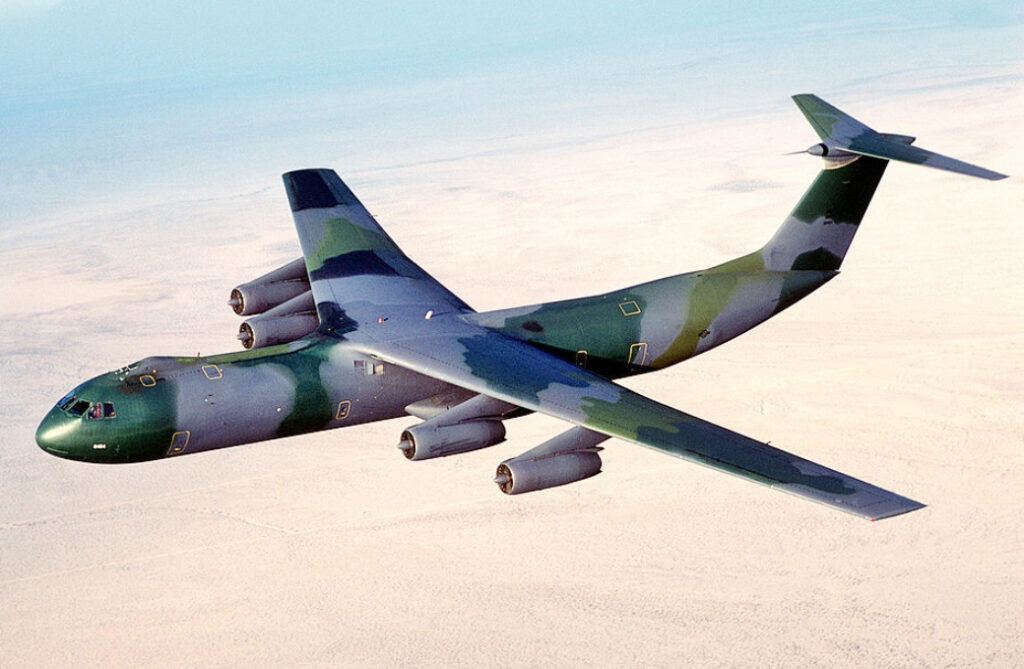Sometimes, the audience that shows up for a Lunch & Learn program at the South Carolina Confederate Relic Room and Military Museum in Columbia is as interesting as the program.
On Sept. 15, the museum observed National POW/MIA Recognition Day with a special program. Our former curator of history, Fritz Hamer, gave an overview of the POW and MIA experience from 1964-73, with particular emphasis on South Carolinians.
You may have been there. Tony Lolas was. And Tony had a great story of his own to tell: The C-141A Starlifter pilot flew into Hanoi itself to bring back some of the very first POWs as part of Operation Homecoming in 1973.
He has a lot of good stories to tell about his service in Vietnam, but this one was particularly memorable. “When we went wheels-up out of North Vietnam, I could hear the yelling from the back of the airplane, which gave me a nice chill down my spine,” he remembers.
He decided to do something extra for these men who had suffered so much for so long in service to their country. He resolved to bring them up to the cockpit, one at a time, to let them call home and let their folks know they were on the way back, at long last.
He knew there was a rule against having the passengers in the cockpit, but he asked for permission to break it. Fortunately, this once, the higher-ups decided to give the rules a rest. They approved the plan. They all came up and made their calls. Well, not all – just the ones who could remember the phone numbers after years in enemy hands. That was “about a third” of the 47 ex-POWs on board.
When they landed at Hickam Air Force Base in Hawaii, there was a band to greet them – the kind of welcome too few returning Vietnam veterans experienced. They “went in and ate in the chow hall,” then flew to Travis in California. There was another band there, and then they went to Washington, D.C. It was, for them, a happy ending to a long and bitter experience.
Earlier in the war, Lolas had flown a lot of missions in the Cessna O-2B, which was equipped with loudspeakers and a leaflet dispenser for use in psychological operations. And he didn’t always let rules get in the way of the mission then, either.
In 1971, he found himself flying across the border in support of Operation Lam Son 719, a South Vietnamese incursion into Laos to disrupt the North’s operations along the Ho Chi Minh Trail. He received a radio call from a couple of Special Forces soldiers on the ground, acting as advisers to the ARVN forces. They were with some NVA sappers who said they represented a whole company of such combat engineers who wanted to defect. But they wanted reassurance.
They wanted a Chieu Hoi – a loudspeaker message assuring that they would be welcomed. “They claimed they all wanted it.” Trouble was, they’d never hear the message if he didn’t get below the cloud cover, which was at 700 feet – and he was strictly forbidden to go below 2,000. He decided to do it anyway.
He had an instructor aboard who came so unglued that he pulled out his sidearm and said, “If you disobey command directives, I’ll shoot you.”
“If you shoot me, I’ll put this in a death dive,” said Lolas. “This is too important a situation” to pass it up, he said. So he did it, and the sappers started coming down the ridge line in pairs, holding their weapons high. The Special Forces men, who had set up a camp to receive them, reported that “They have all gotten the message, and they all intend to come down.”
But as they headed back home, the instructor made a call, and Lolas was met in Da Nang by two jeeps – one bearing his commander, the other a pair of MPs. Things looked dark for a moment, and then there was a commotion, and a convoy of several halftracks drove up, together with a jeep with a two-star flag. The general jumped out and asked, “Who was in command of this aircraft?”
“I was,” said Lolas.
“Congratulations, so far 87 sappers have turned themselves in. They have provided maps of staging areas and ammunition dumps, and the bombers are ready to go.” The bombers were so successful that it significantly reduced the North’s capability to invade.
Tony had originally thought he would become an airline pilot, which was why he chose to fly C-141s. That choice eventually brought him to Charleston Air Force Base. But his post-Air Force life took a different turn. After retiring from the Air Force, he ended up spending 20 years in management at the South Carolina Department of Health and Environmental Control. He retired as director of the Bureau of Business Management in 2013.
Thanks for coming out to share with us, Lt. Col. Lolas. And thank you for your service.




Comments are closed.